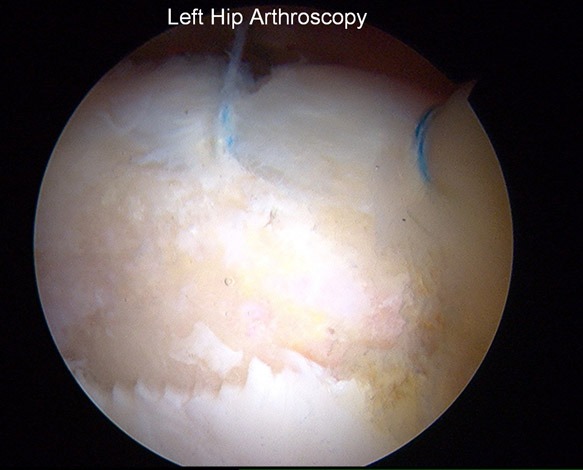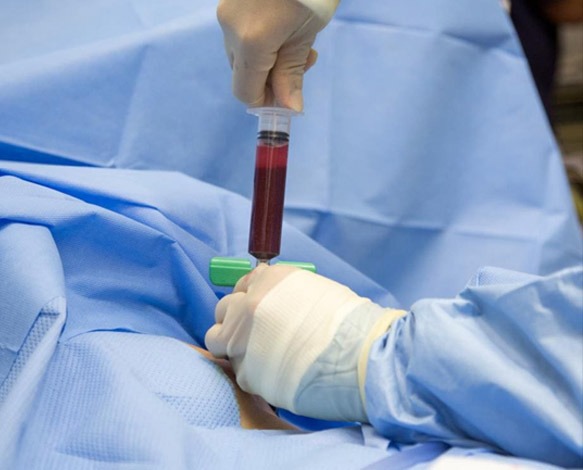ABICUS Hip
As discussed on the page on hip impingement, one of the problems seen as part of this process is damage to the joint surface at the junction of the labrum and hip socket rim (acetabulum). This is called the chondro-labral junction.
The sequence of events in hip impingement (FAI- femoro-acetabular impingement) is:
- Bony Deformity (CAM or Pincer lesion-excess bone around the hip) resulting in
- Labral tear or detachment, resulting in
- Exposed chondro-labral junction, resulting in
- Cartilage damage


ABICUS stands for Autologous Bone Marrow Cells, University Hospital Southampton
The procedure is derived from research into the use of bone marrow derived stem cells to treat cartilage defects in the knee. In the right environment bone marrow cells taken from the pelvis can transform into cartilage. This is the basis for the ABICUS trial that was undertaken by Gorav Datta at University Hospital Southampton. Patients with knee cartilage defects underwent surgery. All patients had a better outcome than those that underwent microfracture (the traditional treatment for cartilage defects where holes are made in the bone).
Harvest of bone marrow from the pelvis

Cell separation in the operating theatre

Biological scaffold for cell implantation

Implantation of cells and scaffold to heal the cartilage defect